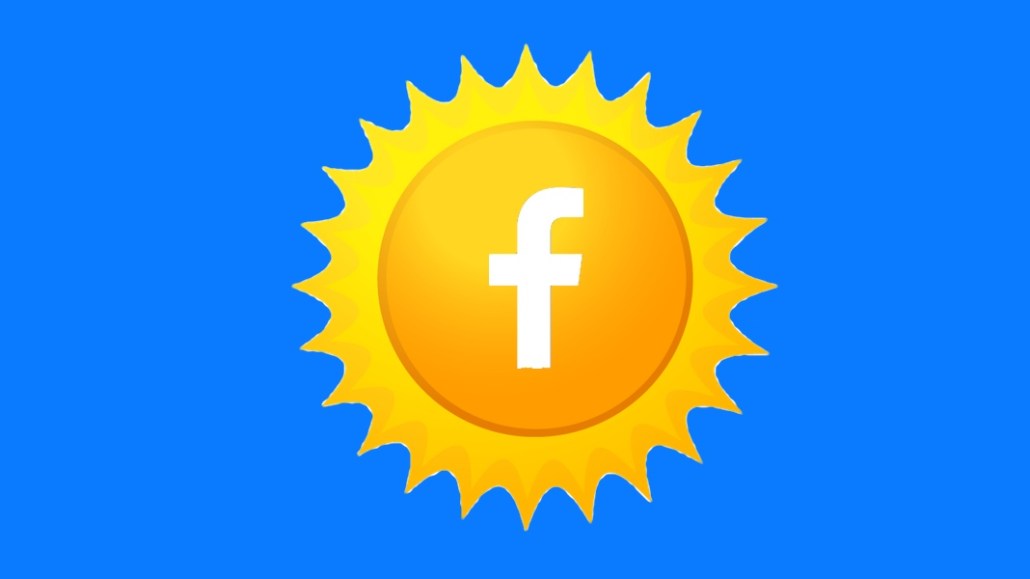Save 50% on a 3-month Digiday+ membership. Ends Dec 12.
Facebook adds pixel to Groups so marketers can track engaged audiences

Facebook is slowly rolling out access to a pixel for Facebook Groups, which allows marketers to track users’ behavior after clicking on posts. The feature is another reason for Facebook advertisers to pay more attention to groups as user growth of Facebook’s news feed has slowed. It also aligns with CEO Mark Zuckerberg’s company focus on community.
Several marketers said they’ve seen high engagement in groups, but it’s difficult to justify focusing on them given the lack of advertising and tracking. Pixel changes that by creating more data points for marketers to understand their audience.
“Building a community around a brand, product or subscription allowed marketers to create loyal fans and ambassadors,” said Chris Mikulin, a digital strategist at Calder Bateman. “It’s the new marketing. Facebook Groups are one of the easiest and best ways for doing this. I can make a stronger case now for the times when we feel that a Facebook Group will be a great tactic.”
Pixel, as is available on Facebook Pages, has helped advertisers with their targeting on Facebook. A Facebook spokesperson said the pixel update is unrelated to its other efforts to monetize groups, including through subscriptions.
“We launched Group Insights last year as a way to help admins see metrics regarding the growth, activity and membership of their groups. We’re now expanding Group Insights to let group admins and brands link their groups with their existing Facebook ads pixel, allowing them to understand how members in their group engage with their websites,” the spokesperson emailed.
The data from the pixel will show up on groups’ insights page and be visible to groups’ administrators. Facebook is limiting access to the pixel only to groups with 250 or more members.
Facebook Groups have already been useful for some brands who want to extend their reach on Facebook. While pages can be good for news updates and content marketing, groups are intended to help brands and organizations build a community. Some groups have been slow to grow, while Nik Sharma, who runs direct to consumer at beverage company Hint, said he’s seen high engagement and personalization in some groups such as “Good Morning America’s” Deals and Steals or TheSkimm.
“TheSkimm’s group is so engaged that one person left their jacket on an airplane, posted about it in the group, and had it back within a few hours,” Sharma said.
For large groups on Facebook, the pixel could help with everything from organizing events or targeting messaging by location or demographics, said Troy Osinoff, cofounder of JUICE.
Sharma likened Facebook Groups and the addition of pixel to a new form of email marketing.
“Facebook Groups are the new email for brands. They get push notifications. The engagement rate of Groups is extremely high. It makes sense they’re going to put a pixel in there, just like you would with email, because now through groups you can track conversions,” Sharma said.
More in Media

The Washington Post debuts AI-personalized podcasts to hook younger listeners
The Washington Post has used AI to build a pick-your-own-format news podcast, letting listeners choose the topics, hosts and duration.

Workforce data, smarter AI integration among greatest workplace priorities in the new year
The growing importance of workforce data is just one of the prognostications people managers are making looking to the year ahead.

WTF is AI citation tracking?
Publishers are tracking AI citations to understand visibility, attribution gaps and referral traffic in these tools and platforms.







